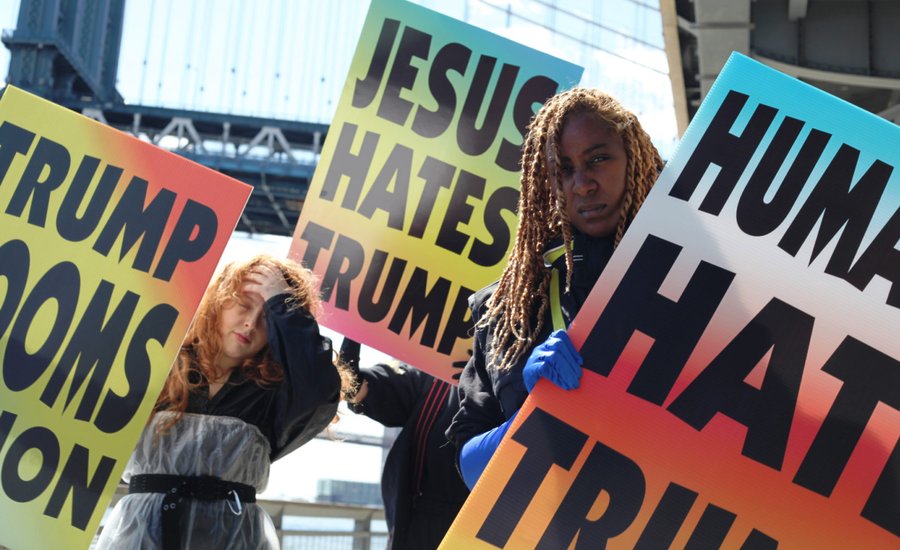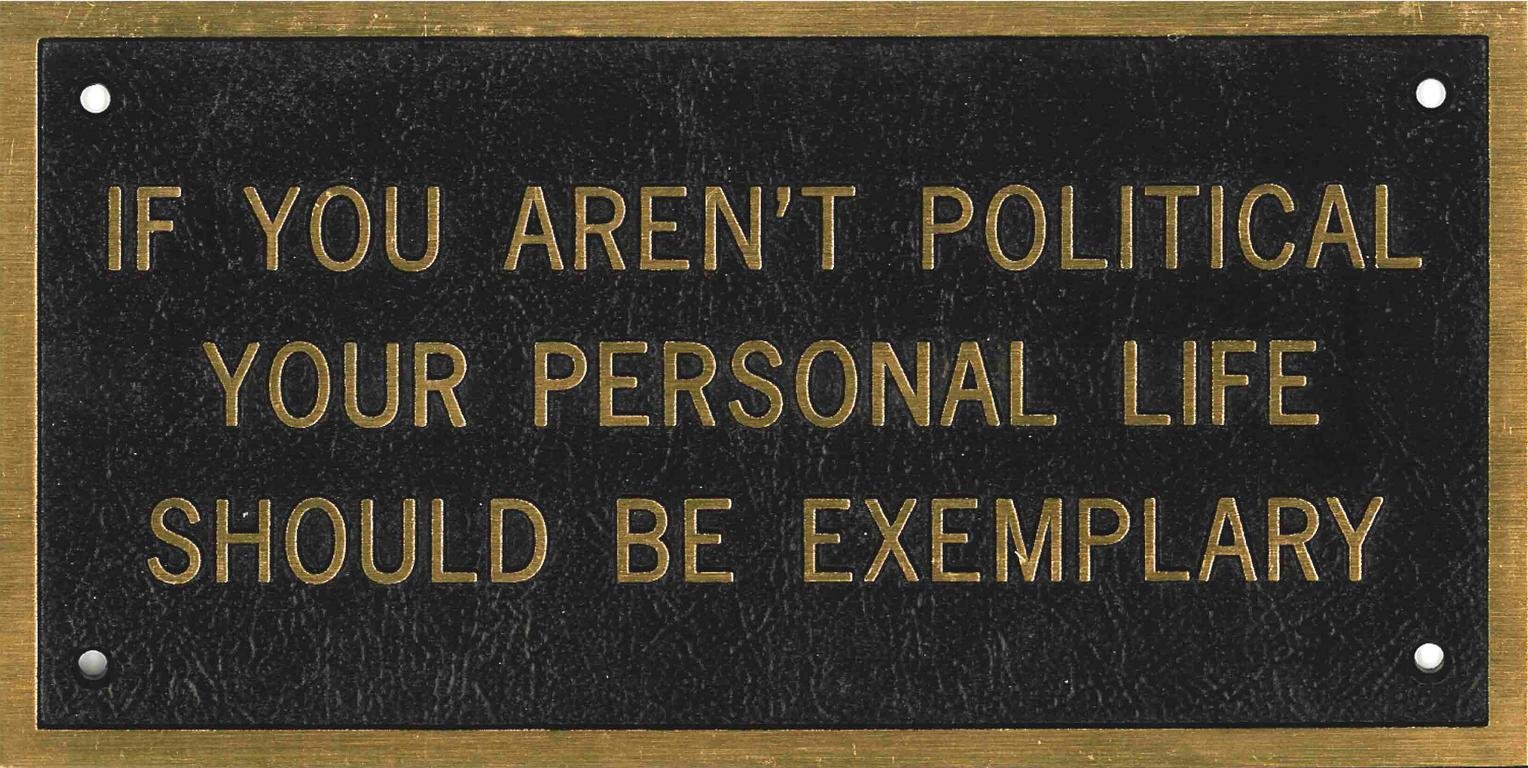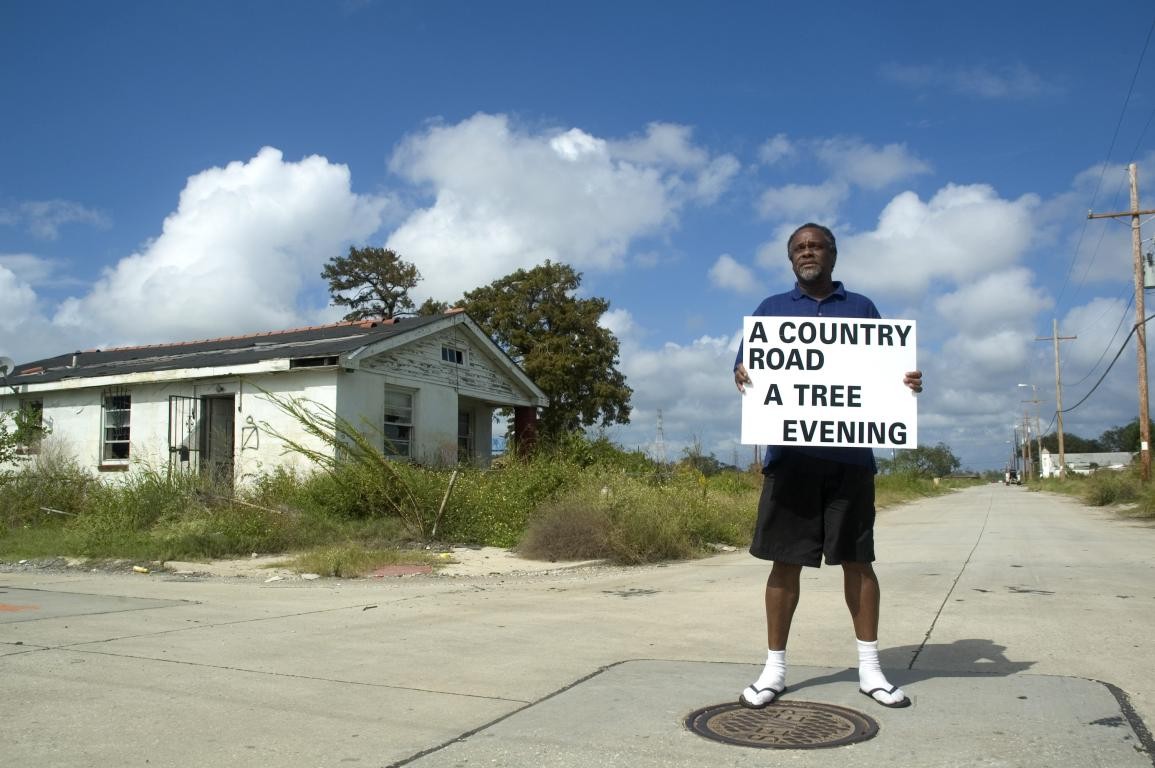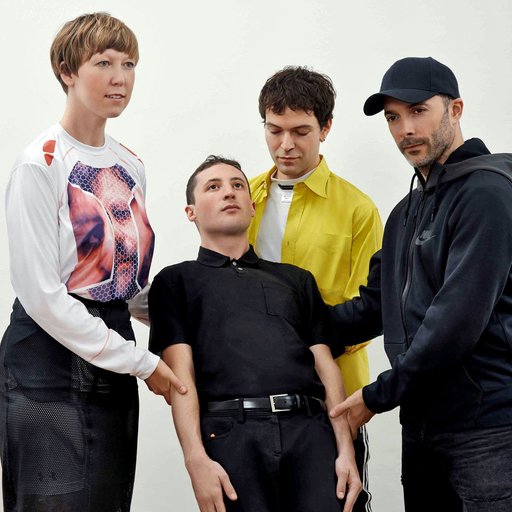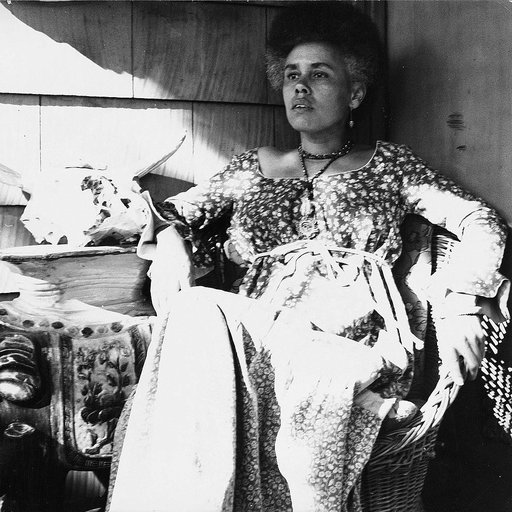Art has long been a means of redress, even if it's only recently that historians have felt comfortable with an explicit category, "political art." Throughout its history, art has taken various political forms, often in conflict with one another. For example, Walter Benjamin famously wrote that fascists aestheticize politics, while communists politicize aesthetics. At times, political activists have relied almost entirely on art and literature to portray an ideal environment to which they could aspire—as with, to give just one example, the John Reed Club, an American federation of Leftists whose Constructivism-inspired art was the subject of an extensive exhibition at Grey Gallery in 2015. This history of conflicting visions has guaranteed political art remain divisive. Excerpted from Phaidon's Art as Therapy—co-authored by Alain de Botton and John Armstrong—this essay offers one formulation of what constitutes effective political art today, both in terms of what it can do, and how it can inspire people to act.
...
What Should Political Art be Aiming At?
Throughout its history, art has been involved with the issues of group life. It has recorded and, more ambitiously, attempted to direct how we live among each other in communities. In terms of its sympathies, political art—particularly in the nineteenth and twentieth centuries in the West—has tended to take the side of the weak against the strong. It has focused on economic and social injustices and sought to give a voice to marginalized communities, creating feelings of sympathy and outrage in the hope of prompting political change. Art has also periodically been employed by the powerful as an instrument of aristocracies or national governments. At their worst, these have harnessed the emotive power of art for tyranny, thereby tainting the very idea of political art in the eyes of some. So thorough has the corruption been that it occasionally looks as though art simply cannot remain honest unless it renounces all political ambitions, a stance embodied in the call that art should remain "for art's sake," and in W. H. Auden's resigned yet proud declaration that "poetry makes nothing happen."
Although political art can be abused, as can most good things, its potential for goodness deserves to be recognized at a theoretical level, and explored at a practical one. If artists are capable of helping individuals, they must also be allowed to exert the power to heal states.
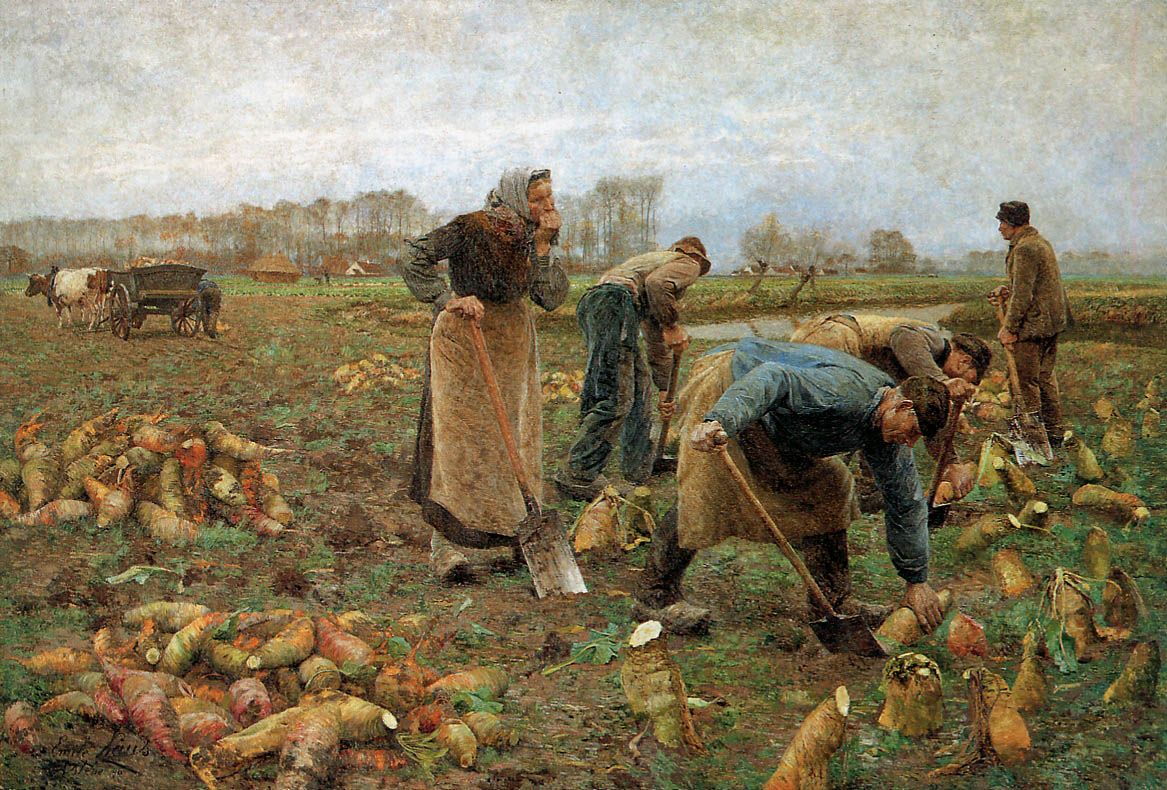 Emily Claus, The Beet Harvest, 1890
Emily Claus, The Beet Harvest, 1890
Rural poverty was increasing in Belgium in the late nineteenth century. Emile Claus's The Beet Harvest is a huge painting—4.5 meters (15 ft) wide—that makes the cold, heavy work of the farm laborer unforgettable. We cannot escape a powerful sense of how harsh and unrewarding it must have been to collect the sugar beet. However, Claus's painting wasn't meant to speak to the laborers themselves, but to affluent, well-established viewers in museums in towns and cities. The point of the picture was to bring attention to suffering that had been kept out of mind by vested interests. It aimed to make the sight of suffering unbearable to those who had the power to change things, if only their consciences could be stirred. Claus was doing in paint what Charles Dickens and Emile Zola had been doing in literature: he was giving poverty a human face. In this analysis, the task of artists is to pick on examples of maltreatment and immorality and make them unforgettable to the governing and powerful classes of society. Art's role is to generate guilt, and thereby change.
Claus's ambitions live on. We encounter them in the street art of the Chilean-born, New York-based artist Sebastián Errázuriz. Shocked by the behaviour of bankers in the decade prior to the financial crisis of 2007, Errázuriz travelled around Wall Street creating dollar signs out of ordinary street markings, in the hope that these would help his audiences question the role of capitalism and to adopt a more equitable model of wealth creation and distribution. Consciousness-raising was the intended move, and Errázuriz, like so many political artists before him, hoped his work would allow us to see as problematic behaviour that, until now, we had regarded as no cause for alarm—and gird us for change.
 Sebastián Errázuriz, Wall Street Nation, 2012
Sebastián Errázuriz, Wall Street Nation, 2012
Errázuriz's work is vulnerable to a criticism often levelled at political art: it may be outraged, but isn't in itself doing enough to bring about the change it longs for. It is shouting forlornly in the wind. In order to be effective, political art can't simply say that something is wrong; it needs to make this error feel vivid enough to generate the emotion necessary to stir us into reform. What this requires, artistic talent aside, is an original understanding, whether psychological, social or economic, of the problem in question.
RELATED: How to Make EFFECTIVE Political Art: 6 Rules of Thumb
The other kind of bad political art isn't only ineffective, it's plain dangerous. It gets us to fight for the wrong causes, for motherlands that don't deserve sacrifice and regimes that torture the innocent. It persuades us to think well of villains.
These failings help point us towards a notion of what good political art should be about. It should take the pulse of a society, understand some of what is wrong with group life, arrive at an acute and intelligent analysis of its problems, then push the audience in the right direction through supreme mastery of a chosen artistic medium. If this is the goal, we should be ready to stretch our conception of what political art includes. For a start, abuse doesn't only involve economic injustice; it may lie in any number of small intra-personal behaviours that corrupt daily life. For example, one might argue that one of the leading problems of affluent societies is that their citizens are becoming ever more aggressive and impatient. Therefore, one mission for modern political art might be the encouragement of serenity and forgiveness.
 Christen Købke, Outside the North Gate of the Citadel, 1834
Christen Købke, Outside the North Gate of the Citadel, 1834
Viewed from this perspective, Danish artist Christen Købke's Outside the North Gate of the Citadel is a superlative piece of political art because it attempts to change how citizens relate to one another. In the painting, an officer cadet can be seen lounging on the bridge, quite at ease with an itinerant young salesman and a couple of poor local children, all enjoying the sunshine on the water. Without laboring the point, it presents an attitude of informal companionship between different levels of society, where there could easily be tension and distrust. It is a moment of quiet simplicity. The beholder is invited to recognize patient thoughtfulness as a public virtue, and thus it acts as a counterweight to the general tendency to get instantly agitated whenever we see things we dislike in the political realm. One could imagine this image being beamed into every home before the news, to reduce the likelihood of people screaming at the screen or posting an irate comment online.
Købke is trying to tell Danes what they should be like, and to nudge them in a good direction. Remarkably, the picture has had some tangible success in this endeavour. Along with many others, it has helped crystallize a conception of what it is to be Danish, what a Danish attitude to life might be like. You see Købke's work in postcards and posters across the country. Art has played its part in the development of one of the world's sanest and most decent societies.
In 2012, the Anglo-German artist Tina Sehgal produced an updated version of this kind of political art in London for the Tate Modern's Turbine Hall. He trained a group of strangers to become experts at talking to one another with the help of some specially positioned conversational prompts. A small army of volunteers approached visitors at the Tate, told them something about their lives and asked them for their personal stories, based on big, intimate questions formulated by Sehgal. ("When did you feel a sense of belonging?" "What does 'arrival' mean to you?" "Of whom are you afraid?") Many an artist has highlighted our social isolation. Sehgal—more interestingly—tried to solve it, and did so as an artist, with intelligence and originality, yet without any of the traditional tools of art. Though a political artist, Sehgal understood his brief with refreshing broadness. He didn't feel the need to attack the obvious abuses of English society. He knew that one of the prevalent but quasi-invisible problems of living in England is that very few people know how to talk honestly with one another, and that they like to hide their vulnerability behind a detached, ironic air. He was internally strong enough to know that addressing this problem also counts as changing the world (like Købke, he wasn't in love with the grand gesture). Finally, he stretched our preconceptions of what an artwork is and what an artist should be doing. No longer does being an artist have to mean making anything tangible. It may mean choreographing a form of interaction in a public space so that people will be less frosty and boring with one another. Sehgal is refreshing in his understanding that the task of political artists is to analyse and then refine the collective personality—and that this can involve making use of all means at one's disposal, even marshalling a band of volunteers to approach strangers for a chat. This, too, can be good art—and good politics.
RELATED ARTICLES:
The Kooky Science Of Alain De Botton's "Art As Therapy"
Art Is A Weapon: Hans Haacke on How Art Survived the Bush Administration
How to Make EFFECTIVE Political Art: 6 Rules of Thumb
[related-works-module]











